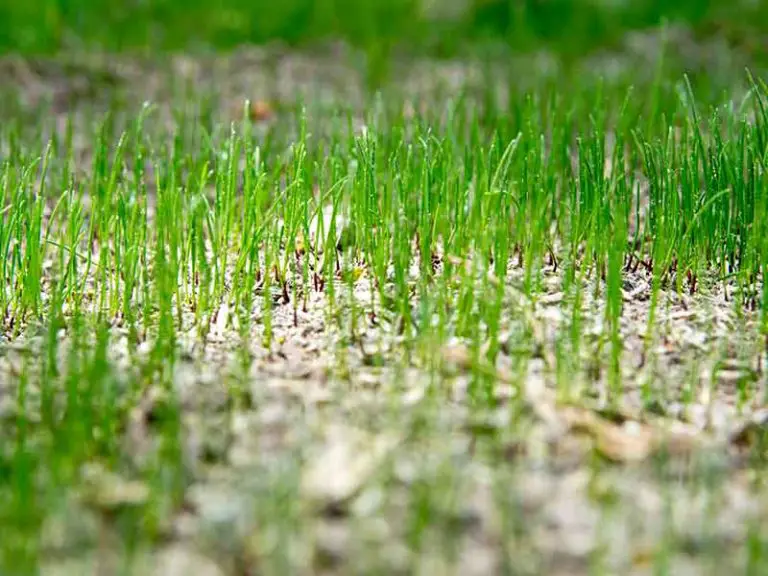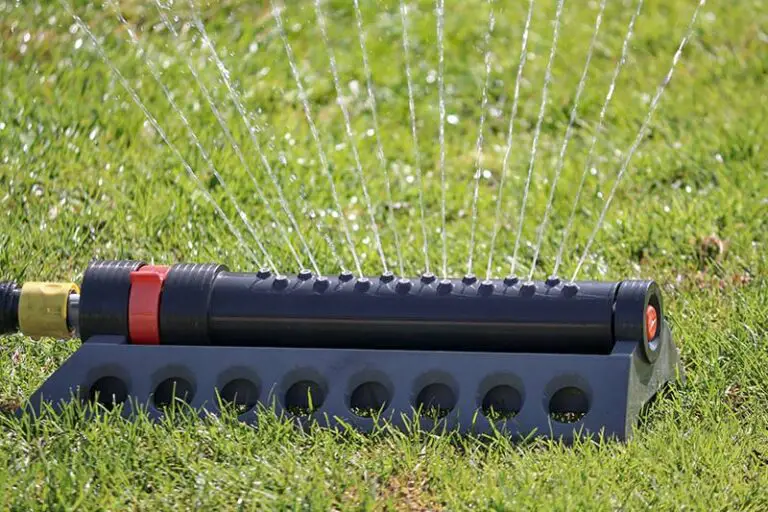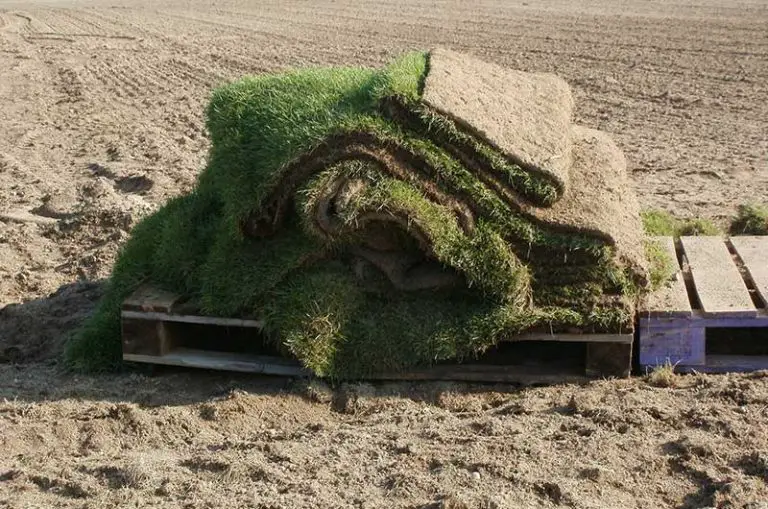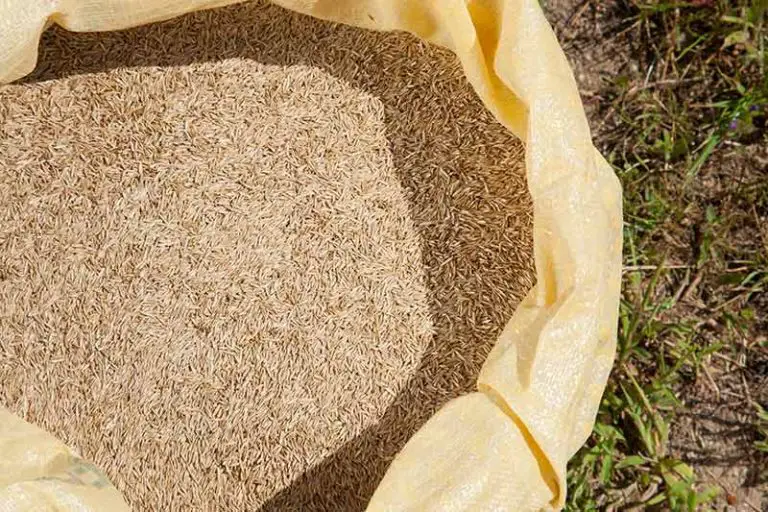Say Goodbye to Purple Weeds in Your Lawn!
Types of weeds with purple flowers include wild violets, forget-me-nots, creeping charlie, purple deadnettle, henbit, black nightshade, thistles, and red clover. All of these weeds may cause small purple flowers to grow in grass or garden beds.
What Are the Weeds with Purple Flowers Called?
There are a few different types of weeds with purple flowers that may grow in your lawn or garden. Identification is key before attempting treatment to ensure you take the best control measures for the weed you’re dealing with.
Common weeds with purple flowers are called:
- Wild violets
- Forget-me-nots
- Dove’s-foot crane’s-bill
- Creeping charlie/ground ivy
- Purple deadnettle
- Henbit
- Black nightshade
- Canada thistle/creeping thistle
- Musk thistle/nodding thistle
- Common thistle
- Red clover
All of these weeds grow little purple flowers, but range in growing habits and appearance. You can follow the guidance later in this article to identify which of these weeds are responsible for the purple flowers in your grass or garden bed.
Tall Weeds with Purple Flowers
Tall weeds with purple flowers include forget-me-nots, black nightshade, Canada thistle, musk thistle, common thistle, and red clover. All of these weeds grow tall stems to support their purple flowers.
Ground Cover Weeds with Purple Flowers
Ground cover weeds with purple flowers include wild violets, dove’s-foot crane’s-bill, creeping charlie, and henbit. These weeds tend to grow close to the ground, forming a dense carpet of foliage and little purple flowers in the grass or garden.
What are the Weeds With Purple Flowers in My Yard?
In this section, we’ve gone through 11 of the most common weeds with purple flowers that you may encounter in your yard.
Wild Violets
Wild violets are considered to be one of the most difficult weeds to control in a lawn or garden. These weeds bloom in the early spring, and, without control, they’ll continue to grow and spread throughout the summer.
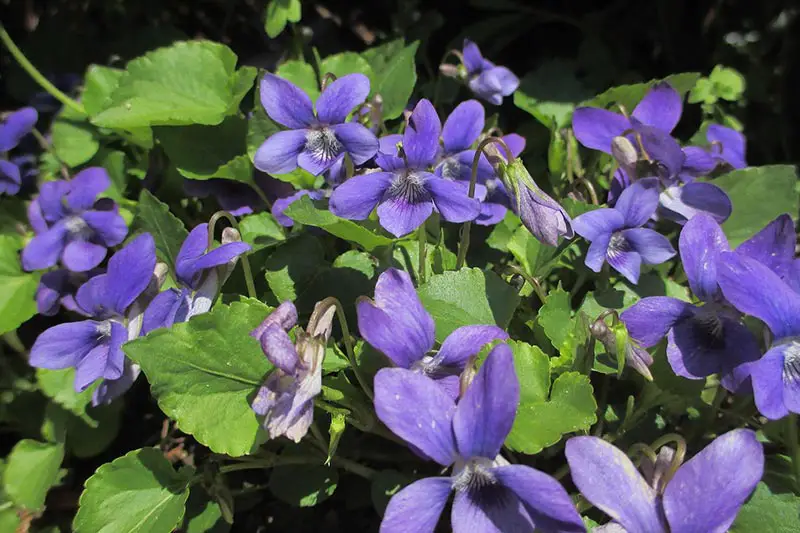
Identification: Wild violets are a ground cover weed with purple flowers. They grow close to the ground, having deep-green heart-shaped leaves.
Where it Grows: Wild violets will thrive in shady soils with lots of moisture; however, mature wild violets are reasonably drought tolerant. This means that wild violet can establish itself in an ideal part of your yard, before spreading to the parts with less favorable growing conditions.
How it Spreads: Wild violet spreads prolifically in a lawn or garden using two methods. First, this weed can spread through seeds; low-bearing flowers contain seeds that can be spread around your yard through wind and rainfall. The second way in which wild violet spreads is using rhizomes; these are underground stems that the weed produces from which new wild violet plants sprout.
How to Control it: Wild violet is hardy and notoriously difficult to control. You need to remove the entire plant and all parts of its root system. If you hand-pull, make sure to follow up with a pre-emergent herbicide to kill any seeds scattered by the process.
Forget-Me-Nots
Many gardeners grow forget-me-nots intentionally, as they are attractive and easy to care for. However, this plant can spread quickly from your garden bed to your lawn.

Identification: Forget-me-nots are tall weeds with purple flowers. Although they typically have blue flowers with yellow centers, they also come in shades of white, light pink, and purple. Their flowers sit atop tall stems that can reach up to 2 feet in height. Forget-me-nots also grow bright-green, lance-shaped leaves that are typically around 4 inches long.
Where it Grows: Forget-me-nots thrive in moist, well-draining soils with full sun or partial shade.
How it Spreads: Forget-me-nots spread using seeds that get transferred to other parts of your yard via rainfall or wind. They also spread using overground runners called stolons; these are stems that produce new plants from nodes that make contact with bare soil.
How to Control it: You can easily remove forget-me-nots from unwanted areas by hand-pulling. If you’re intentionally growing these plants in your garden, deadhead them regularly; this will prevent the forget-me-nots from spreading to your lawn or taking over your garden. Tilling the soil nearby the forget-me-nots will also help to limit their spread.
Dove’s-Foot Crane’s-Bill
Dove’s-foot crane’s-bill are another type of weed with purple flowers that many gardeners grow intentionally. This plant spreads most vigorously in dry and arid conditions; it can therefore take over lawns or gardens with dry soil.
Identification: Dove’s-foot crane’s-bill weeds have purple flowers with 5 petals, each petal being deeply notched. They are a ground cover weed with purple flowers as they typically grow to be no taller than 20cm.
Where it Grows: Dove’s-foot crane’s-bill have a preference for dry soil. For this reason, they’re more likely to pose an issue in garden beds; however, they can also take over a lawn in a period of drought. Sandy soils are also a soil type prone to this weed.
How it Spreads: Dove’s-foot crane’s-bill spreads through seeds. Each plant forms seed pods that explode and release the seeds across a wide area. If you allow it to flower, dove’s-foot crane’s-bill can easily cover an entire garden bed or lawn with seeds. This will cause a widespread infestation of the weed, especially in patchy, dry lawns.
How to Control it: You can get rid of dove’s-foot crane’s-bill with ease by hand-pulling. As these plants don’t produce stolons or rhizomes, manual removal is typically effective. To control this weed in lawns, mow often, cutting the grass as short as possible for its species. Use a bagging attachment as you mow to prevent spreading the seeds; also, bin the clippings instead of placing them on your compost pile. On top of this, keep up with general lawn maintenance like watering and fertilization to choke out the weeds.
Creeping Charlie/Ground Ivy
Creeping charlie is a hardy broadleaf weed that is well-adapted to survive in a range of conditions. This weed can be particularly difficult to control due to its aggressive spreading habit.
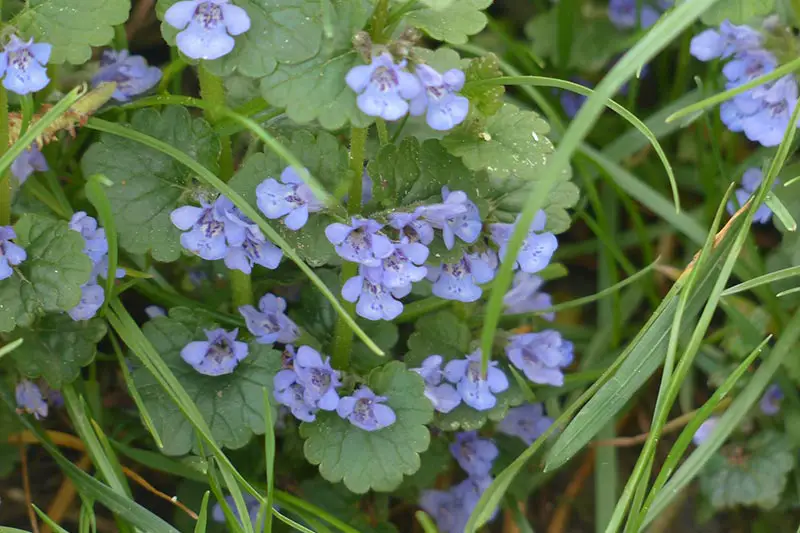
Identification: Creeping charlie is a ground cover weed with purple flowers, each flower having 4 lobe-shaped petals. It grows green scallop-edged leaves and creeping stems to form a dense carpet over a lawn or garden. Being a member of the mint family, the leaves of creeping charlie may have a faint minty or sage-like aroma.
Where it Grows: Creeping charlie is able to grow in a variety of conditions. While it prefers partial sun and moist soil, creeping charlie can grow well in poor-quality, dry soil.
How it Spreads: Creeping charlie spreads voraciously through underground stems called rhizomes. These underground stems are what make creeping charlie so difficult to control; if any part of the rhizomes are left in the soil, they can sprout new plants, causing a re-infestation of the weed.
How to Control it: For small-scale infestations, you can get rid of creeping charlie by hand-pulling; just take care to remove all parts of the weed including roots and rhizomes from the soil. For widespread infestations, natural methods to control creeping charlie include soil solarization or mulching with landscaping fabric. It may be necessary to use a chemical broadleaf herbicide to completely eradicate this weed.
Purple Deadnettle
Purple deadnettle is a winter annual weed with purple flowers that can take over a lawn or garden. This weed grows fast and is particularly hardy, being highly resistant to cold weather, pests, and disease.
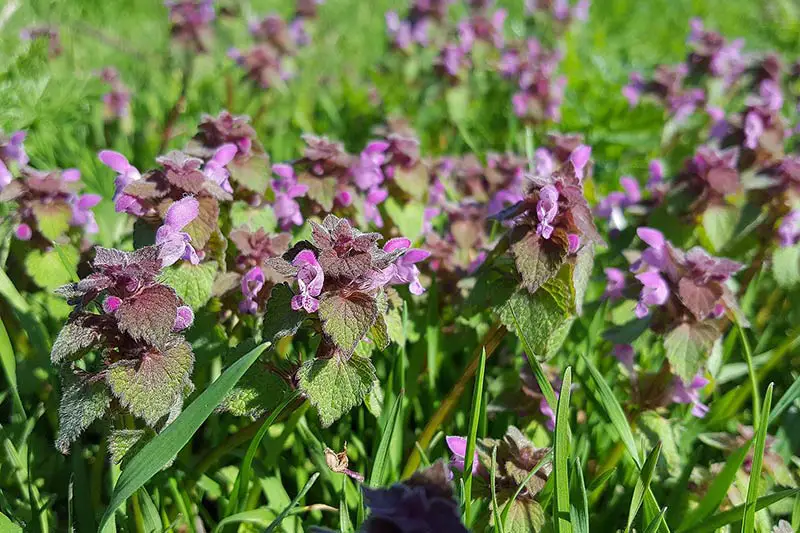
Identification: Purple dead nettles have squarish stems and fuzzy leaves with triangular tips. The leaves tend to grow downwards and may have a reddish-purple hue, especially at the leaf tips. This weed grows vibrant purple flowers. It may appear like a tall weed or groundcover weed; purple dead nettle is typically low-growing, but can reach up to 18 inches in height.
Where it Grows: Purple dead nettle thrives in lawns and gardens with lots of moisture and sunlight.
How it Spreads: Purple dead nettle spreads by seeding itself. As it’s a winter annual, this weed emerges in the fall before flowering and seeding over the following months.
How to Control it: Manually remove any purple deadnettle from your lawn or garden by digging it out. You can take preventative measures against purple deadnettle with the application of a pre-emergent herbicide in the late fall or winter; this will kill the weed seeds before they get a chance to establish themselves.
Henbit
Henbit weeds are less common, but they are still a potential weed with purple flowers you may find in your yard.
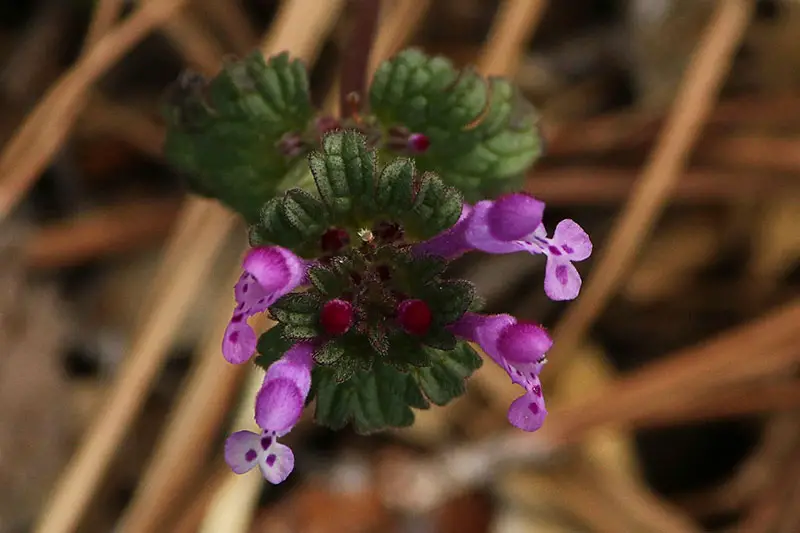
Identification: Henbit weeds look very similar to purple dead nettles. You can differentiate these weeds as henbit droops more than purple dead nettle, and tends not to grow as tall. The leaves of the henbit weeds also have more of a hairy appearance. They may produce pink, white, or purple flowers.
Where it Grows: Henbit weeds grow more vigorously in areas with full sun and moist soil. They often grow close to ponds or around the edges of garden beds.
How it Spreads: Henbit spreads through seeds that fall from the plant.
How to Control it: Hand pulling is the best way to get rid of henbit weeds from your lawn or garden. Treat the area with a pre-emergent herbicide to control the spread of this weed through its seeds.
Black Nightshade
Black nightshade is an annual summer weed that grows tall leafy stems with purple flowers. Although it’s often confused for deadly nightshade, black nightshade isn’t as poisonous as the other plants in this family.
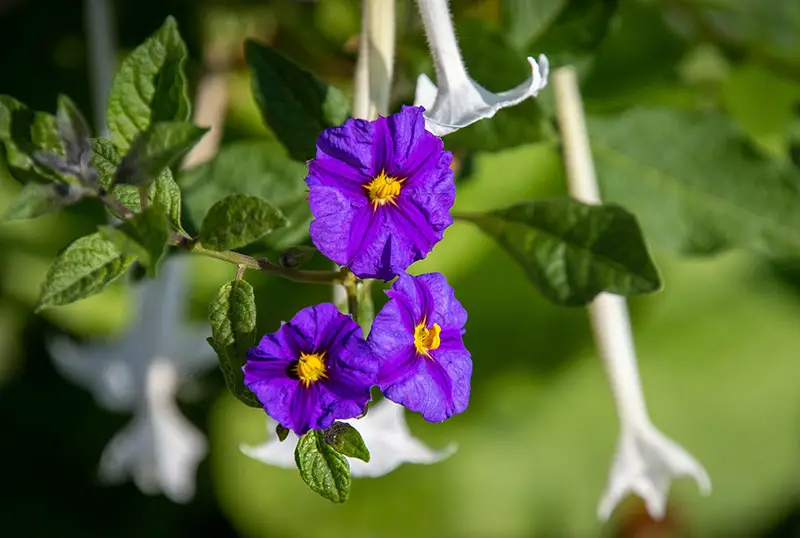
Identification: Black nightshade grows long stems with a purplish hue to them. This weed may grow as a climbing plant or may grow to be more bushy. In addition to growing white or purple flowers, black nightshade may also produce bunches of small red berries.
Where it Grows: Black nightshade weeds may grow in areas with full sun or partial shade. It typically prefers nutrient-rich soils with plenty of moisture.
How it Spreads: Black nightshade spreads by reseeding itself. This weed produces small berries that contain seeds; the berries are eaten by small mammals like birds who then spread the seed to other areas in their droppings.
How to Control it: To get rid of black nightshade from your lawn or garden, the best method is to hand pull the weed. If removing the weed from a lawn, you may need to overseed to fix bare patches of soil left behind from the process. Add a layer of mulch to your soil to prevent the black nightshade from returning.
Canada Thistle/Creeping Thistle
Canada thistle or creeping thistle is a perennial weed that is notoriously difficult to control. They have an extensive root system, making them hardy and resistant to control measures.
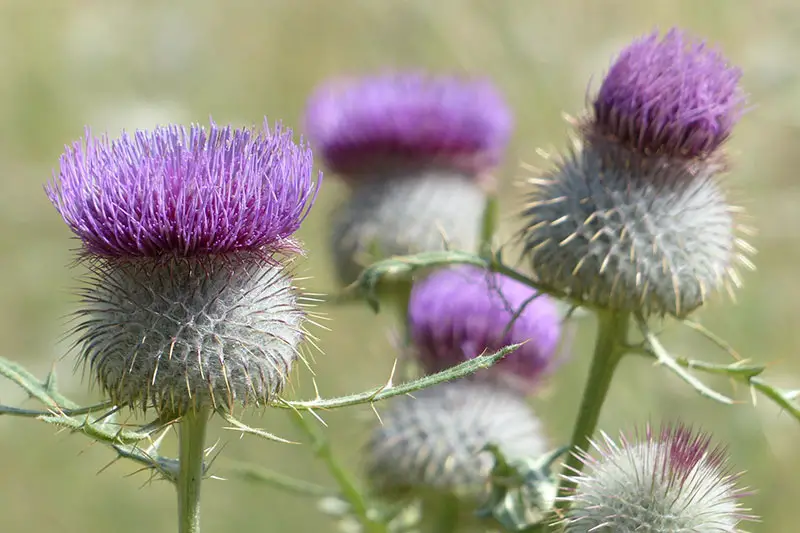
Identification: Canada thistle is tall weed with purple flowers that have a distinctive pom pom shape. It grows green leaves from its stems; the leaves are spear-shaped and edged with sharp spines. When Canada thistle goes to seed, the flower heads turn into fluffy white seed heads, looking similar to dandelions.
Where it Grows: Canada thistle thrives in soils with low fertility. If your lawn or garden is low in nutrients, Canada thistle will take over the soil.
How it Spreads: Canada thistle spreads vigorously through the seeds it produces; the wind picks up the seeds and transports them around the soil in your yard. This weed also spreads using rhizomes to form an extensive root system.
How to Control it: To get rid of Canada thistle, you should cut the plant down to the ground level before digging it up. Take care to remove all parts of the weed’s root system and dispose of the matter appropriately. Due to its hardiness, you may need to repeat this process several times to completely eradicate the weed.
Musk Thistle/Nodding Thistle
Another type of thistle that looks like a tall weed with purple flowers is the musk thistle or nodding thistle. These are another challenging weed to control as they have an aggressive spreading habit and vast root system.
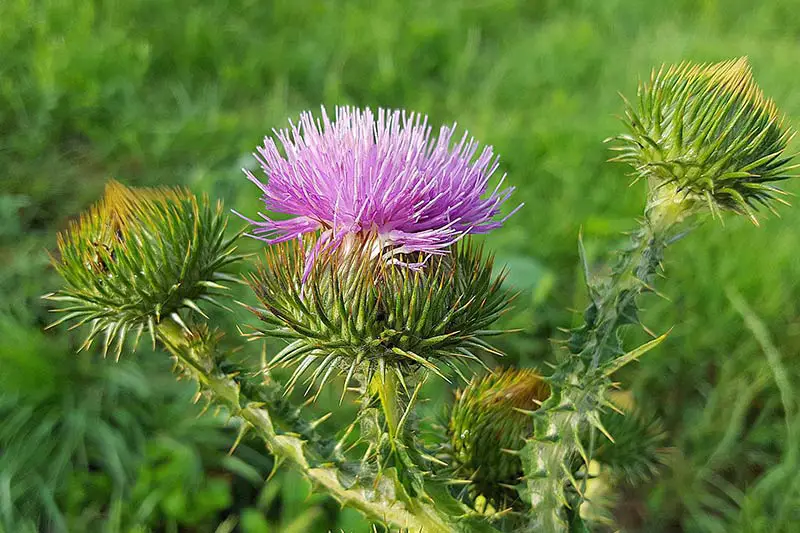
Identification: Musk thistles grow long stems, having the ability to grow up to 6 feet tall. They also have large leaves that can grow to be 15 inches long. The leaves have barbed, wavy edges. These weeds produce pink or purple flowers; the flower heads tend to nod down, hence why they are known as nodding thistles.
Where it Grows: Musk thistles typically grow best in gardens with fertile soil.
How it Spreads: Musk thistle spreads by seeding itself. Each thistle can produce anywhere from 10,000 to 25,000 seeds.
How to Control it: Hand-pulling is the most suitable method of controlling musk thistle. Dig into the ground before pulling up the entirety of the weed and its root system. You may need to repeat this process several times before you eliminate all of the weeds.
Common Thistle
Common thistles are another type of tall weed that produces purple flowers. These weeds are also known as spear thistles or bull thistles.
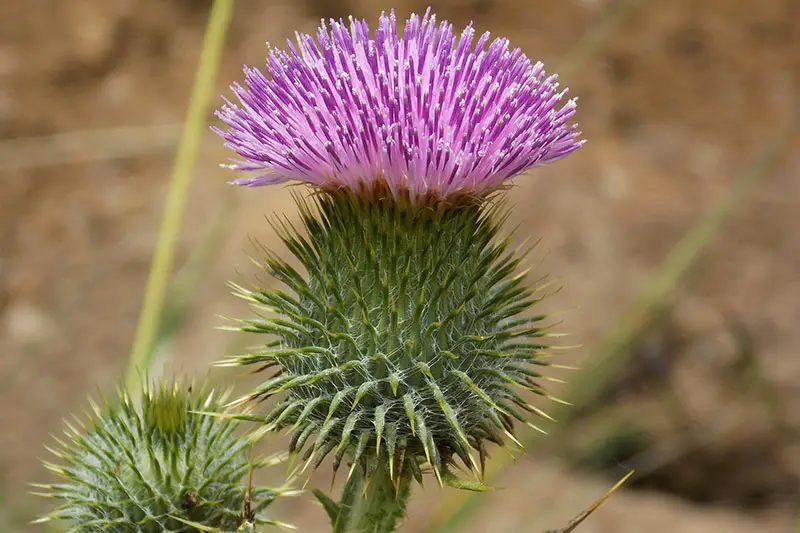
Identification: Common thistles have tall stems with long leaves, both covered in barbs. They grow pink or purple flower heads that sit atop a spiny, rounded ball.
Where it Grows: Common thistles can grow in a range of conditions, including both moist and dry soil. They typically prefer open areas with full sun.
How it Spreads: Common thistles spread through seeds.
How to Control it: Again, the best method of control for common thistle is manual removal by hand pulling. Cut the weed to ground level before removing the whole plant and its roots.
Red Clover
Red clover or dutch clover is a perennial cool-season weed with purple flowers. This weed is in the same family as beans and peas.
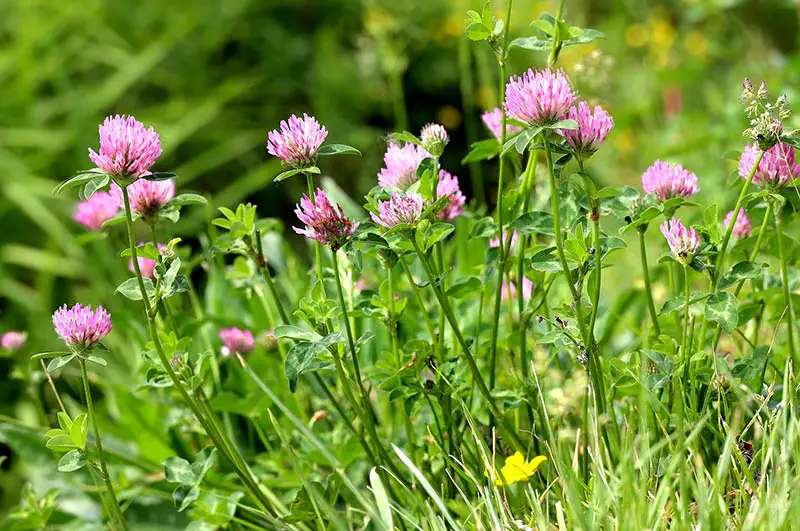
Identification: Red clover grows many upright stems that can grow to be between 8 and 24 inches tall. This weed produces purple flowers; the flowers are usually globe-shaped, with each flower head having between 40 to 150 florets.
Where it Grows: Red clover grows best in well-draining, loamy soils, having a preference for full sun but being able to tolerate partial shade. This weed thrives in cooler climates, having a shorter lifespan in the southern states.
How it Spreads: Red clover spreads through self-seeding.
How to Control it: To get rid of red clover, hand-pull the weeds or dig them out, removing all parts of the plant and its roots. You can also solarize the soil or smother the weeds with landscaping fabric.

